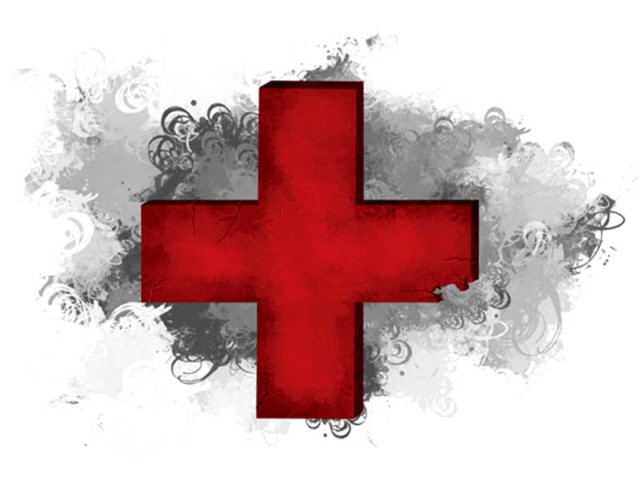Preventable diseases: Immunisation in K-P yields ‘mixed’ results
District health information official says 600 tetanus cases were reported in K-P.

The national immunisation programme against fatal diseases like measles has yielded mixed results. Some districts in the province have done well, while others, including Kohistan and Lakki Marwat, scored poorly in the immunisation drive.
“The current situation is far from encouraging in some areas, we are constantly battling vaccine preventable diseases,” said the provincial programme manager for district health information system, Dr Javed Pervez.
“If it is polio today, it might be measles tomorrow, unless we show wholehearted effort to eradicate all these maladies.”
Dr Pervez cautioned about the resurfacing of measles in the country. Cases involving measles are treated seriously to prevent its rapid spread in large households, he said. “It is our primary duty to prevent the outbreak of measles on a priority basis with the existing resources,” he said, adding “We should not depend on donors for financing the immunisation drive.”
Neo Natal Tetanus (NNT) could also have been prevented if there was a coherent immunisation programme in some districts. Some 600 cases of NNT surfaced across Khyber-Pakhtunkhwa.
A few years ago, a pilot project for universal immunisation was initiated against deadly diseases in women of child-bearing ages in Afghan refugee camps, Dr Pervez said. It proved successful as there were no NNT cases reported in almost six years.
Immunisation coverage for preventing NNT is under 50% in 13 districts of Khyber-Pakhtunkhwa, while 11 districts have over 50 percent coverage, he said. Only 7% of Kohistan has coverage compared to Manshera, which tops at a 100 percent. Factors for coverage vary by terrain, accessibility, socio-economic conditions and cultural difference, he said.
“A fully immunised population is the best indicator of the state of health of a nation. Efficiency in this sector prevents mortality besides cutting down on expenditure in the health sector. The targets set for this indicator is 100%.”
Published in The Express Tribune, October 4th, 2012.













COMMENTS
Comments are moderated and generally will be posted if they are on-topic and not abusive.
For more information, please see our Comments FAQ